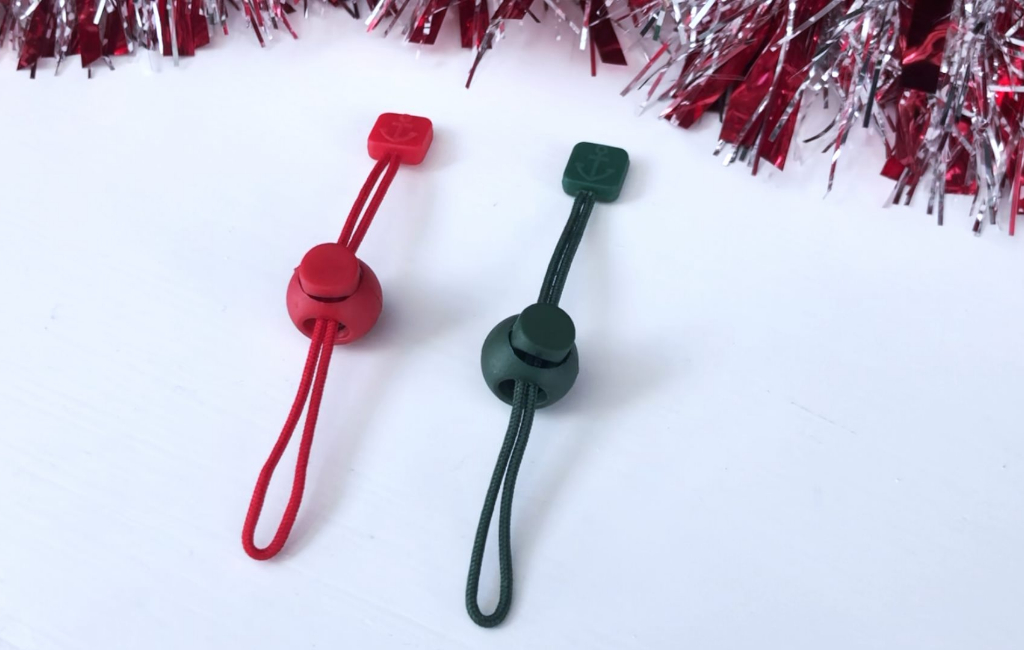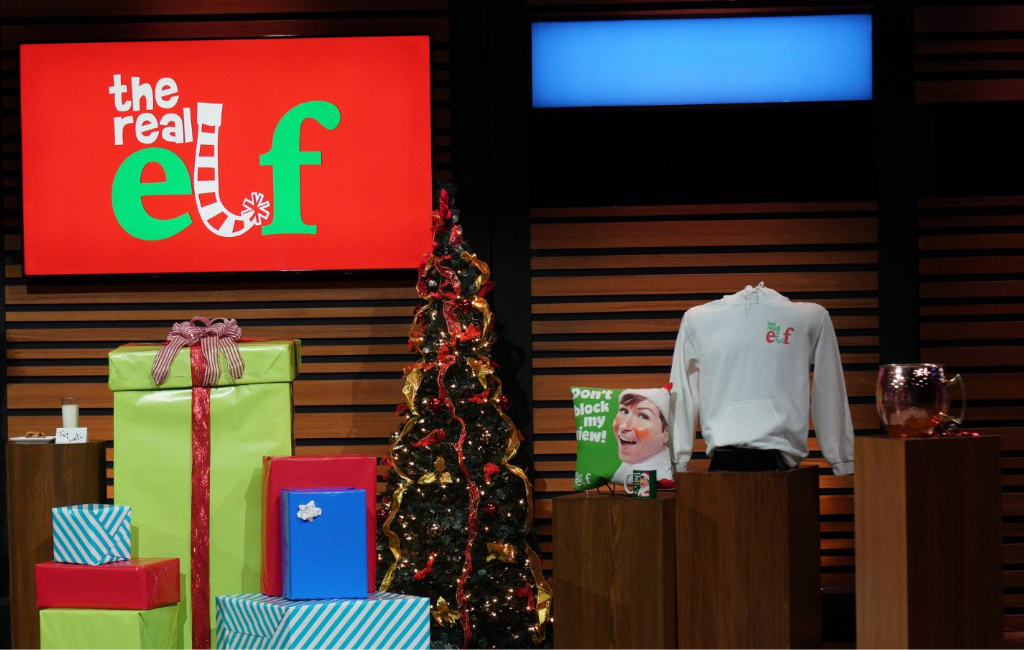Santa’s Enchanted Mailbox
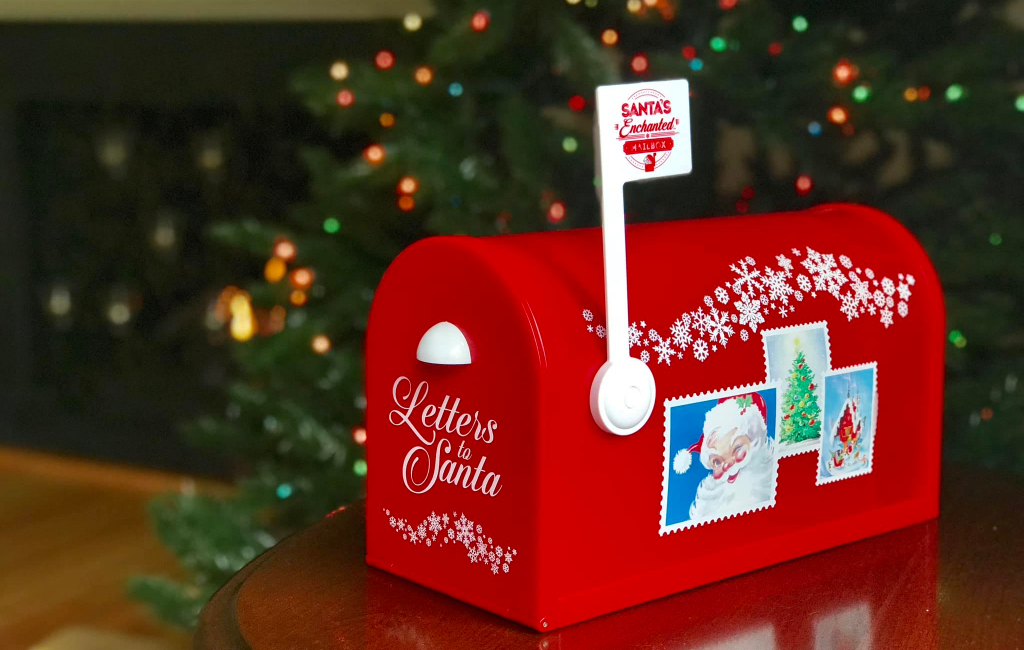
NO DEAL
EPISODE SUMMARY
🕓 Air Date: December 10, 2021
Asking For:
$150,000 for 30%
Investor:
No Deal
Deal:
No Deal
PRODUCT SUMMARY
Santa's Enchanted Mailbox offers a magical way for children to send letters, lists, and drawings to Santa, with the letters disappearing to the North Pole, creating a unique Christmas tradition.
WATCH HERE
IN A RUSH?
Click these to jump to the section you want to read.
Background Story
Santa’s Enchanted Mailbox, conceived by the passionate husband-and-wife team of Chris and Elisa Cirri, has its roots in a heartfelt mission to infuse the holiday season with enchantment, especially for their own son. The idea was born when their eldest son was three years old, and they set up a simple cardboard mailbox as a Christmas decoration. However, they longed to go beyond mere ornamentation and introduce real magic into their child’s holiday experience.

To transform their vision into reality, they enlisted the expertise of Elisa’s stepfather, a retired engineer, who played a pivotal role in creating the product’s prototype. This inventive spirit led to the securing of two utility patents, marking a crucial step in their journey. Initially, the Cirris adopted a licensing route, collaborating with a Christmas-themed company. However, their venture took a dramatic turn when their licensing agreement concluded, and they decided to operate independently.
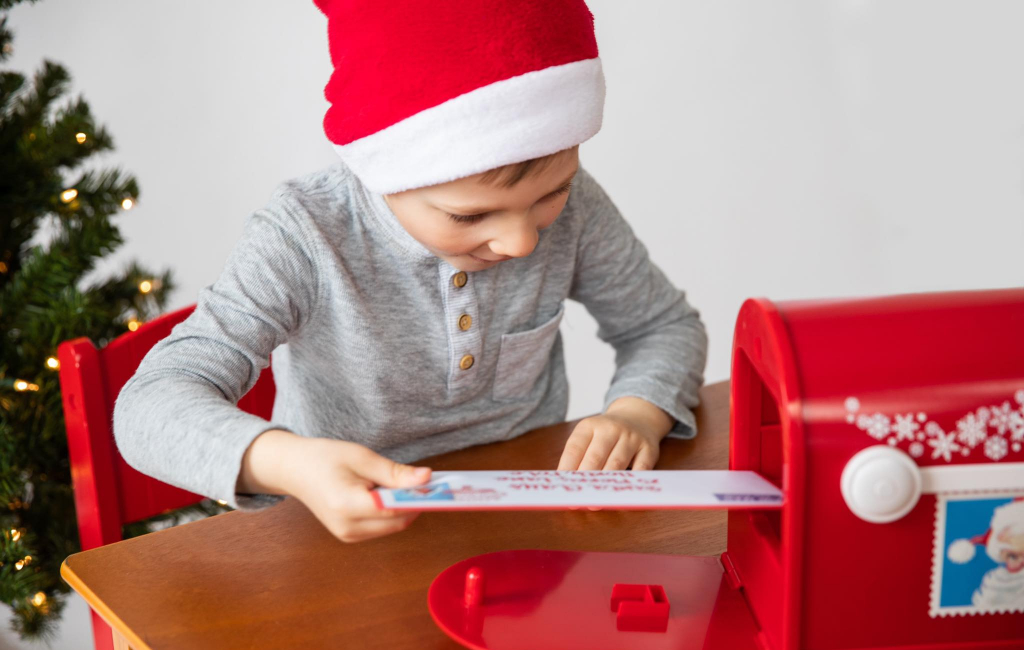
Unfortunately, their timing coincided with the onset of the pandemic, which presented its own set of challenges. Elisa, a salon owner, saw her business affected by lockdowns and, as a result, their family income was impacted. Despite these hurdles, the Cirris remain dedicated to their mission of spreading Christmas magic. Their pitch on “Shark Tank” was an attempt to secure the necessary funding and guidance to navigate the complexities of their business and further expand their enchanting Christmas tradition.

The Product
Santa’s Enchanted Mailbox is a captivating product designed to make the Christmas season truly magical for children. Its operation is delightfully simple and engaging. Children place their letters, lists, and drawings in a specially crafted magical envelope, insert it into Santa’s Enchanted Mailbox, close the door, and raise the flag. The mailbox responds with enchanting sounds, including holiday music and chimes, creating an immersive experience for the young sender.
However, the real magic happens when the mailbox is reopened. Much to the astonishment of the children, their letters and wishes have vanished, whisked away to the North Pole, directly into the hands of Santa and his merry elves. This element of surprise and wonder is what distinguishes Santa’s Enchanted Mailbox as a unique and memorable Christmas tradition.
From a cost perspective, the product is manufactured at a cost of $17.25. It is retailed for $49.99 on their website. It’s worth noting that the product’s performance significantly improved when the price was lowered to $24.99, demonstrating the importance of pricing in its market success. This change in pricing made it more accessible to a broader audience, contributing to its appeal and sales.
Santa’s Enchanted Mailbox not only brings the magic of Christmas to life but also adds an element of surprise and anticipation for children during the holiday season. Its simplicity, engaging features, and enchanting experience make it a product with the potential to create cherished memories for families year after year.
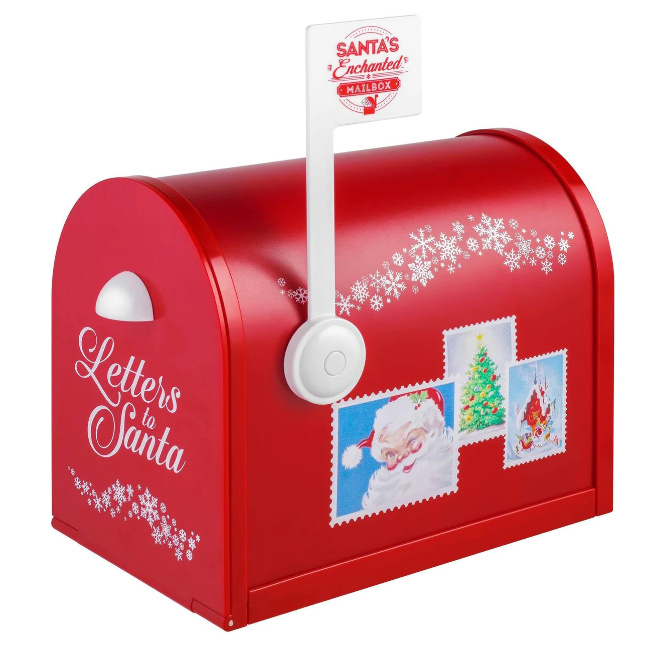
How It Went
The company’s position before Shark Tank
Santa’s Enchanted Mailbox embarked on a promising journey, with an initial year of sales amounting to $120,000. However, the turning point came in their second year when a substantial order from a big-box retailer landed on their doorstep, totaling an impressive $1.7 million. This marked a moment of significant growth and opportunity for the company. Yet, the pandemic, which affected people and businesses worldwide, posed unique challenges for Santa’s Enchanted Mailbox. Chris’s wife’s salon, a separate business venture, was forced to shut down due to lockdowns, altering their household’s income dynamics.

This sudden shift in financial stability impacted their ability to invest in and develop the mailbox business further. Another challenge stemmed from their prior licensing partner, which, though initially instrumental in manufacturing, presented complications. Santa’s Enchanted Mailbox found themselves paying a significant markup for using their former partner’s manufacturing facilities, particularly for the cost of molds, which ranged between $15,000 to $30,000. This increased production expense limited their competitiveness in the market.

In light of these hurdles, the Cirris took to the “Shark Tank” in search of strategic partners who could aid in marketing their unique product and help navigate the complex terrain of manufacturing. Their story is a testament to resilience and the pursuit of bringing joy and magic to families during the Christmas season, even in the face of challenges. As they continue their journey, they are determined to find the right collaborators and overcome obstacles to make Santa’s Enchanted Mailbox a beloved and enduring Christmas tradition.
The Negotiations:
During the negotiations on “Shark Tank,” Santa’s Enchanted Mailbox faced a challenging path to secure a deal. Here’s a summary of how the negotiations unfolded: The pitch began with Chris and Elisa Cirri seeking $150,000 in exchange for a 30% equity stake in their company. While their presentation was filled with holiday cheer and demonstrated the enchanting aspects of their product, the Sharks had reservations.
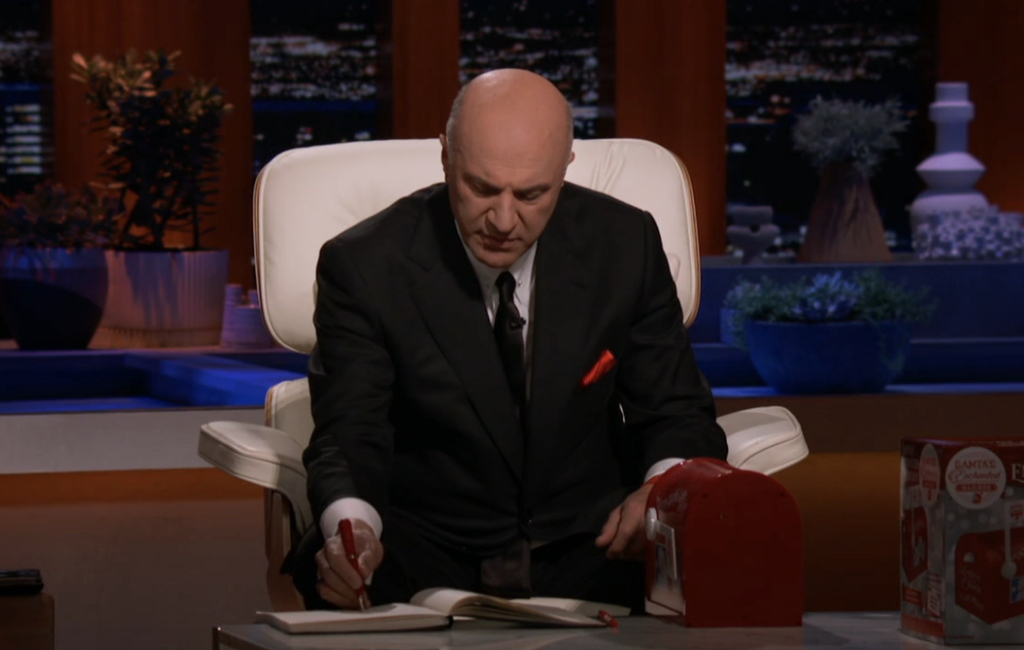
One by one, the Sharks expressed their concerns. Mark Cuban pointed out the challenges of pricing and manufacturing, and Daymond John mentioned the difficulties of seasonality in retail. Both ultimately decided to pass on the opportunity. Lori Greiner emphasized the need for heavy marketing to showcase the product’s magic, highlighting that it lacked “hanger appeal.” She also expressed concerns about the complications in the Cirris’ manufacturing relationship. Lori, too, decided not to invest.

Kevin O’Leary, known for his financial acumen, felt that the pricing of the product needed significant adjustment, and he saw complexities in the business. He also opted to pass. The last remaining Shark, Barbara Corcoran, was intrigued by the product’s appeal to children but was concerned about manufacturing costs and the lack of information about potential cost reductions. She also chose not to invest. The Cirris sought to adapt their equity offer during the negotiations but couldn’t provide precise manufacturing cost details, a key factor for the Sharks. The lack of clarity ultimately led to no deal being made.






